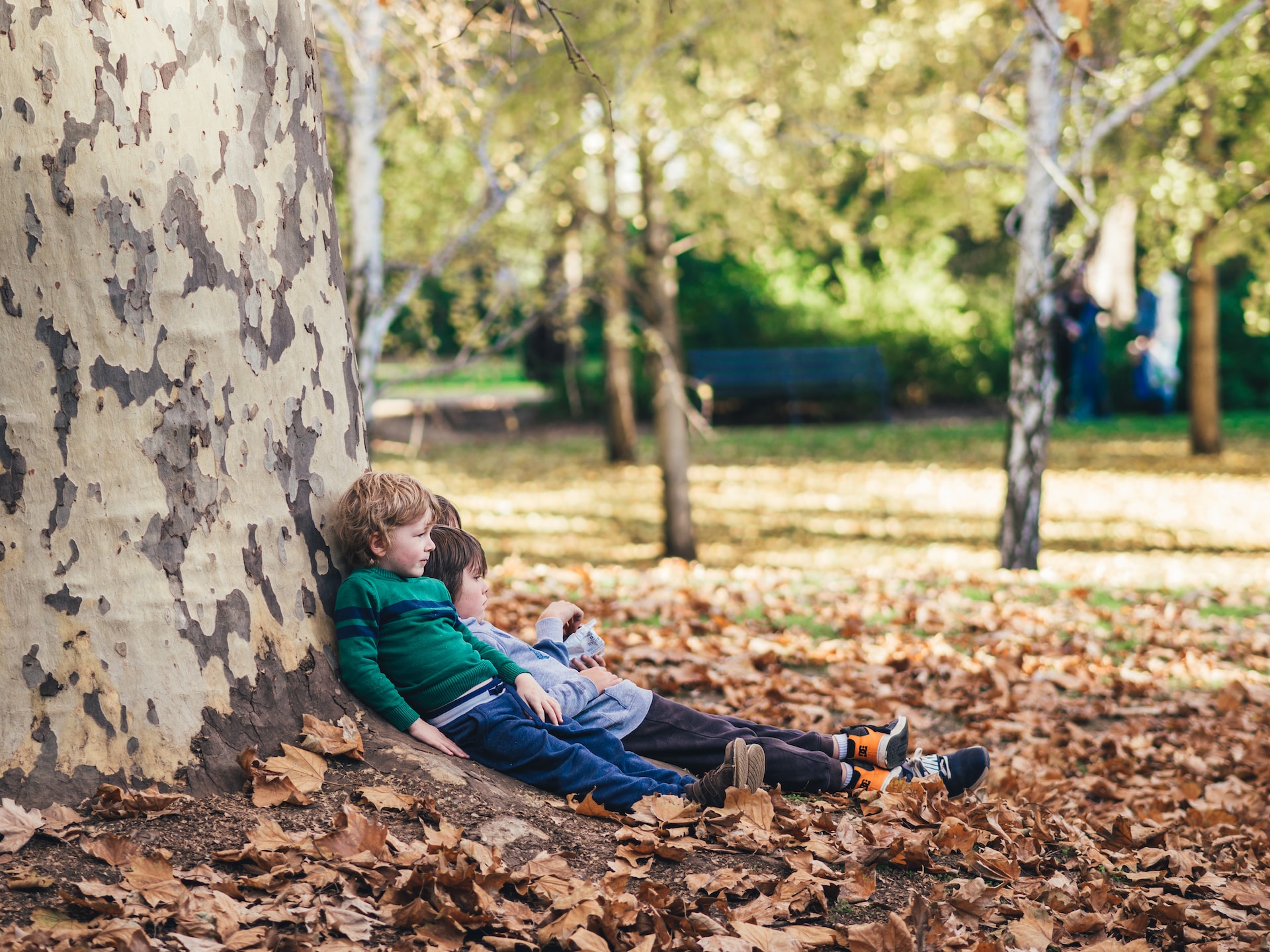Making Your Garden Child-Safe
Creating a safe garden environment for children involves a proactive approach to eliminating potential hazards. To start with, keep the garden paths clear of tools, toys, or other clutter. An unencumbered walkway minimizes the chance of children tripping or getting hurt.
It’s equally important to remove toxic plants that pose ingestion hazards. Extensive information about such plants can be found on various health websites. Once identified, these harmful plants should be either fully removed or just their fruits and seed heads, if those are the poisonous parts.
Water bodies in the garden can attract a child’s curiosity, but they can be dangerous. Small ponds, for example, should be securely fenced off or covered with a safety grid. For larger bodies of water, consider installing pool alarms that emit loud sounds when water disturbances are detected.
For those areas dedicated to children’s play, consider substituting hard surfaces with softer alternatives such as rubber mulch or play bark. These materials break the fall and significantly reduce the chance of severe injuries.
Garden Features that Attracts Wildlife
A garden bustling with wildlife brings a sense of tranquility and closer connection to nature. Attracting beneficial creatures like birds, bees, and butterflies, hinges on providing appropriate habitats and food sources.
Planting a variety of native flowering plants, shrubs, and trees supplies nectar, berries, and seeds, serving as a feast for various wildlife creatures. Leaving sections of the garden wild with long grass, logs, and leaf piles also attracts ground-dwelling insects and mammals.
Incorporating bird feeders, nesting boxes, and birdbaths enhance a garden’s attractiveness to various bird species. But remember, varying these feeders’ heights and placements cater to different bird types.
Ensuring Safety for Wildlife
While inviting wildlife into your garden, it’s essential to ensure it’s a safe space for them. This means avoiding potentially harmful substances like pesticides and fertilizers. Aim for organic gardening methods, focusing on biological controls and companion planting to deter pests.
Choose native plants over exotic species, as they often provide food and habitat for local wildlife. They are also more resilient and require less maintenance, making them a sustainable choice.
Additionally, provide safe water sources. A shallow dish with clean water and few pebbles allows smaller creatures to drink without the risk of drowning. Creating secure spaces for hibernation and nesting, like undisturbed corners or specially designed wildlife houses, gives animals a chance to safely raise their young.
Co-existing Safely: Children and Wildlife
It’s entirely possible for children and wildlife to coexist peacefully in the same garden. The key is to teach children the importance of respect for all forms of life. Encourage kids to observe wildlife quietly without disturbing it, fostering an appreciation for these creatures.
Educational activities, like identifying bird species or tracking animal footprints, are enjoyable and informative. They help kids understand the importance of wildlife in our ecosystem and instill a sense of responsibility towards their environment.
Finally, always supervise children when they are in the garden. Teach them about the importance of not feeding wild animals or trying to touch them. Following these guidelines, your garden can successfully serve as a haven for both children and wildlife.

